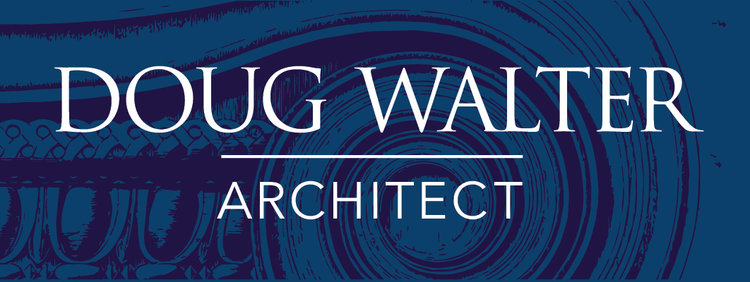Since hospital-treated injuries related to stairs or steps in 1994 were at 1,030,000, and falls cause 87% of the fractures in the elderly, we all need to pay better attention to ways to make stairs safer. Not just for seniors, but for all of us at all times; whether tired, under the weather, under the influence, or simply wearing an unfamiliar pair of shoes on a familiar stair.
A 2x8 oak rail from the 80's was brought up to code by adding a floating 1 1/2" round steel pipe rail on top, that is continuous from basement to second floor.
Codes today ask for a continuous railing from top to bottom of a stair, at a height ofbetween 34 and 36 inches. Codes were less specific in 1982, when this townhome was designed. Then, the latest fashion was a simplified “handrail” of a 2×6 or 2×8. This one only came up to 31″, and the other problem with it was that it is impossible to really grip such a board. At best, you can pinch it, assuming you have hand strength. While wanting to preserve the vintage look we wanted to greatly improve safety, so we designed a floating 1.5″ metal pipe rail, continuous from the basement all the way up the second floor, at 35″ above the treads. The owners and guest use the handrail all the time, as it falls naturally to hand when going up or down.
Want to take it a step further? Do continuous railings on BOTH sides of a stairway, and double the safety.

